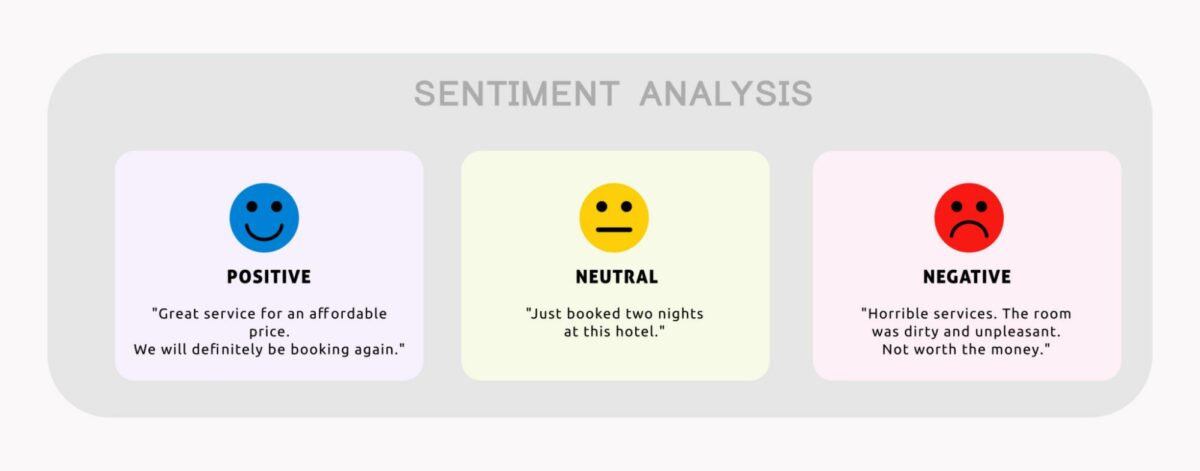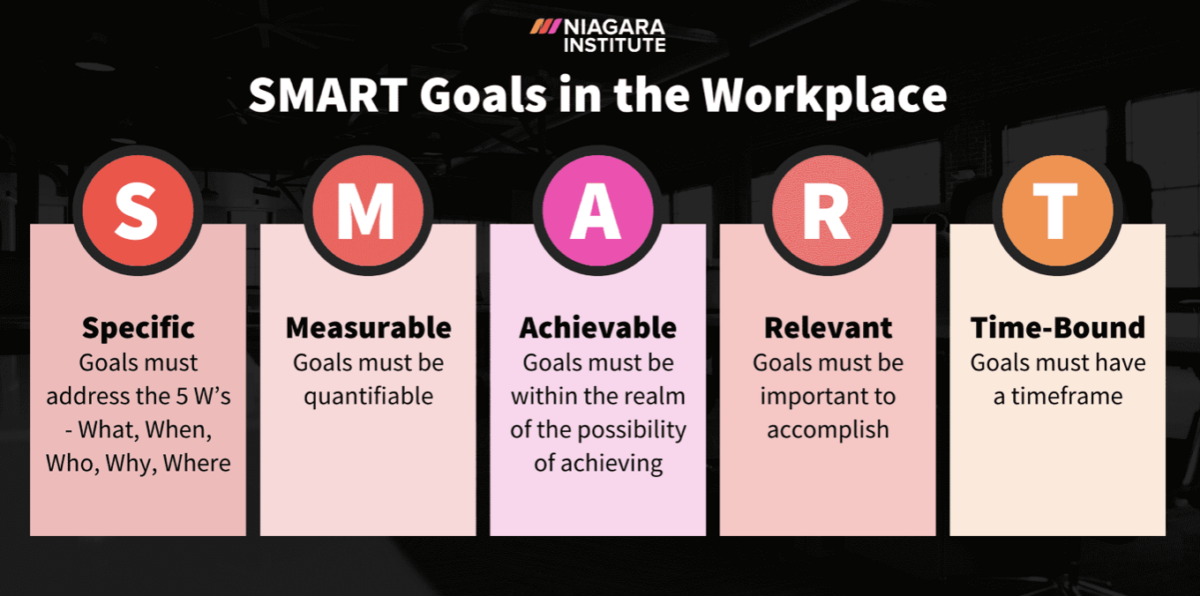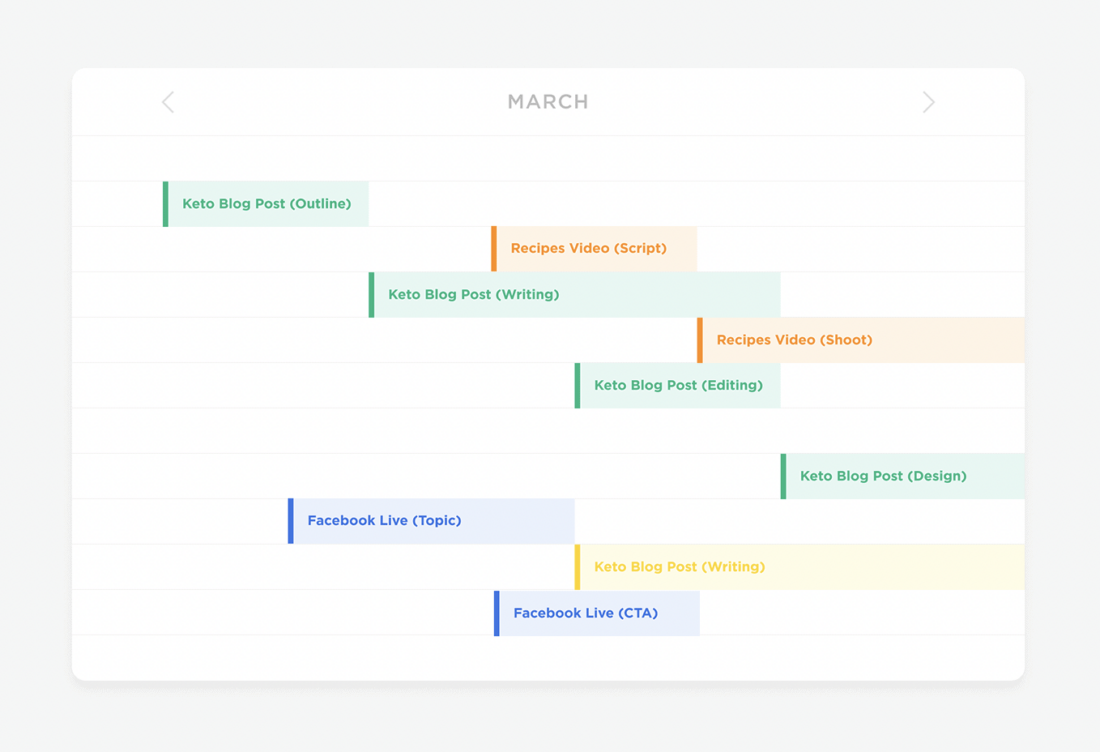You’ve looked at the numbers. There’s an impressive amount of followers displayed on your screen. But then you look at your most recent upload. You were proud of it, but no one else seems to share your enthusiasm. You can practically hear the virtual crickets.
Whatever you shared is probably engaging, interesting, and carefully thought-out. But if it hasn’t found its audience, you won’t see the results you’ve been promised. Unlocking your brand’s potential is dependent on how you distribute and promote that piece of content.
Learning how to ace your distribution efforts is a breeze. Especially since we’ve compiled everything you need to know in one handy guide. With some research, great content, and a lot of patience under your belt, you’ll soon find out just how successful you can be.
7 steps to an effective content distribution strategy
When you don’t know where you’re going, it’ll be a difficult and lengthy journey to reach your goal. That’s if you ever reach it at all. Imagine your content distribution strategy as your map. This documentation guides a business’s marketing efforts. It will explain to everyone how everything should be promoted, shared, and what messages to convey.
But there’s a lot to think about before you get started. To make it a bit less overwhelming, we’re going to break it down into 7 simple steps. You’ll be a pro before you know it.
1. Analyze your content
Developing a strategy is an exciting time. You want to race ahead and watch your content bring in loads of customers and eyes. But slowing down to look at what you’ve already done is crucial. You’ll gain invaluable insights to help you through the rest of the steps.
The best practice is to conduct content analysis. For example, you may look closer at a blog that generates a lot of traffic. You could discover that it has a poor conversion rate. This tells you that something isn’t quite working and that there needs to be improvement.
Here is an example of what you might need to do to truly understand your performance.
- Decide where you’re going to focus. A review like this is usually split into a content audit (website) or social media audit (you guessed it). Keep them separate, but we recommend doing both.
- Collect, catalog, and be thorough. An audit like this one is all about details. Even if you don’t think it matters, document it. You never know how much of an impact it might’ve had.
- Find your strengths and weaknesses. You can do this in so many ways. Use analytics tools to uncover patterns, evaluate the most important metrics, and compare the top-performing pieces with the bottom.
- Form actionable takeaways from what you’ve learned. Now that you have all of this information, what are you going to do with it? Let it form the foundation for your plan of action.
You don’t just have to look inwards, either. Conduct sentiment analysis, send out surveys, and incentivize feedback. The more information you can gather, the more likely you’ll be to create an effective strategy because your decisions will be informed and research-driven.

2. Set clear goals
You aren’t going through all this effort for nothing. You’ve got motivation in mind. Understanding what it is you actually want to achieve will have endless benefits. Team members will be on the same page, and decisions will be steered in the right direction.
However, your reason for developing a content distribution strategy won’t be the same as the next brand’s. You’ll be in different stages of your business journey with unique needs and resources. Goals should be driven by your personal requirements and positioning.
If you aren’t too sure what to aspire for, here are some examples.
- Generating leads
- Increasing sales
- Building brand awareness
- Encouraging customer loyalty
- Bringing in stakeholders
- Gaining visibility after a rebrand
- Supporting the launch of a new product
Whichever resonates best with you, make sure it’s clear. A general goal, such as “getting more people to see my social media profiles”, is going to create uncertainty. Instead, make a measurable objective using SMART guidelines so everyone can visualize its purpose.

3. Understand your target audience
You solve a lot of problems when you know who you’re creating content for. If a cosmetics company posts about their plumping lipgloss in a Facebook group called “Retired Men Who Love to Golf”, they probably won’t get as many likes or shares as they were hoping.
Knowing who the right audience for your brand is will get you far. But you need to go beyond simple demographics like age and gender. A successful strategy will be crafted from detailed information such as hobbies, pain points, job roles, and life motivations.
But where are you supposed to find this knowledge? One effective way is by making a buyer persona, which is a fictional representation based on real research and data. Using what you know about your current audience, you can create a comprehensive image of them where you’ll gain insight into some of those factors above.
What’s in the profile will depend on your business. However, the one below is a good example of how detailed they should be.

There are other ways to get to know your audience. The more of these tactics you try, the more confident you’ll feel that you’re talking to the right people. Here are some examples.
- Analyze your direct competitors
- Look at things like your social shares, likes, and comments
- Survey existing consumers and find patterns in the answers
- Use a tool like Google Analytics to see who interacts with your brand
4. Know what channels you’re dealing with
Some people make the mistake of thinking content marketing and distribution solely rely on social media. There’s no doubt these technologies have a huge role to play. But there are actually three different methods of getting your brand out there.
Which ones you deal with will depend on factors like budgets and audience specifics. If you’re hoping to make use of them all, here is a quick rundown.
- Earned media channels: exposure gained outside of paid advertisement.
- Owned media channels: property that you own as a business.
- Paid media channels: the method of paying for the distribution of content.
Some of these channels will be in your control. Others will be at the mercy of internet users. Either way, they work to promote your content in different ways. Below you’ll find examples of how they achieve this.
You’d be completely snowed under if you attempted to maintain all of these examples. To establish an effective content distribution strategy, you’ll learn what works for you. Which of these reach your target audience and new potential consumers at the same time?
5. Get the right message across
Sure, choosing the right channel, platform, and content format is essential. But have you considered what your product actually says when it gets to a person? The message you send out can further your distribution efforts massively if you do it effectively.
After all, 56% of customers remain loyal to a business because it “got them”. When your audience become advocates, they will actively share, recommend, and champion your brand. This promotes your content organically and authentically.
Getting consumers from website visitors to brand superfans isn’t easy. Here are our top tips to help you get there.
- Incorporate relevant societal issues
- Use action-driven, simple, and positive language
- Employ human-to-human marketing techniques
- Link to relevant content elsewhere to demonstrate credibility
- Speak to your audience in a way that resonates with them-no robotics
- Align every piece of content, no matter where, to the same tone and voice
Here’s an example. Obakki is a home decor company that prides itself on ethical and handmade products. Everything is created by artisans. Consumers gravitate to a brand that shares their interests. Notice how these values are displayed across every channel.

They broaden their distribution opportunities by being a part of ethical and sustainable communities. Has this worked for them? Judging by the articles they’re featured in, such as “15 Ethical Brands that Give Back with Each Purchase”, and interviews like “Ethical Shopping Tips and Gift Ideas From Obakki’s Treana Peake”, we’d say it worked a treat.
6. Build an editorial calendar
Imagine a laptop displaying a surge of unrelated and confusing emails. There are way too many Post-it notes stuck to the screen with scribbled dates and important information. No one knows which way’s up, and chaos descends. It’s enough to make you shudder, isn’t it?
To remove themselves from this scenario, creators will use an editorial or content calendar. This organized document keeps upcoming marketing campaigns, important tasks, and future plans in one place so you never lose track of them.
Below is a template crafted by SEOBuddy to give you an idea of how yours could look.

If you want a more dynamic example, Backlinko can provide something visually appealing.

Your calendar can easily incorporate your distribution plan. If you already have one, simply add some extra columns and labels. This keeps everything cohesive. Doing this is the perfect way to widen your reach and position yourself in every single corner of the internet.
Let’s look at what you could include.
- What type of content is being published or promoted?
- How does it contribute to your business goals?
- Do you have plans to update in the future?
- When will you do keyword research?
- How often are you going to monitor promotional channels?
- Is it new content, has it been given a repurpose, upgraded for search engine optimization (SEO), or has it been posted to a different channel?
- When will you conduct email marketing (after a new project or launch?)
- How many times will you use each social media platform for promoting content?
Each company will do this differently. If you’re just getting started, you may want to use Google Sheets, Excel, or Google Calendar. However, there are many online tools available that can lighten the workload. We’ll dive into these more later, but it’s worth knowing there are professional applications designed to bring you ease and success.
7. Measure your performance
A content distribution strategy is never going to be effective if you can’t learn from it. If your work isn’t gaining enough visibility now, what makes you think anything will change if you deploy the same tactics next time? It’s unlikely that you’ll notice any difference whatsoever.
The final step is to optimize your performance by assessing it. Use the goals you set in previous steps to define what success means to you. Then, you can make data-driven decisions about what’s working and what needs improving. Insights like these will also identify new opportunities, so your strategy develops ahead of your competitors.
This information comes from metrics and key performance indicators (KPIs). These are well-defined and quantitative measures to see if you’ve reached a specific objective. We recommend that you follow and monitor a number of them for a fuller view of the situation.

Here are some to put into action.
- Website traffic
- Bounce rate
- Rate of returning visitors (RRV)
- Percentage of conversions
- Position on the search engine results page (SERPS)
- Referral traffic
- Amount of backlinks
- Time spent on-page and on-site
- Social media analytics (E.G., brand mentions and shares)
Though this is the “final” step, you should remember it is continuous. You should set up a plan for how often you’ll collect data, measure it to past information, and create reports to demonstrate the action taken. Some opt for weekly check-ins, but you may find it more manageable to begin the process monthly while you find your feet.
Content distribution tools
Another foolproof way to build an effective content distribution strategy is to use the tools available. There are platforms out there to help with every step we mentioned above. If you feel yourself getting stuck along the way, let them bring back your creative spark.
Each tool will have different costs, features, and expertise. The best practice is to take advantage of free trials and video demos when you find them. We can’t tell you which one will work best for you. But here’s some to try.
- Medium: a free and authoritative blog promotion platform with a built-in readership that sends your content to people who engage with certain topics.
- Buffer: a simple-to-use social media toolkit that publishes automatically and offers data-driven insights and sentiment analysis.
- Hootsuite: a social media management platform where you can build engagement, monitor trends, and find analytics.
- Quuu Promote: a content marketing platform with a user-friendly and automated process that targets relevant audiences.
- Asana: a work management platform with editorial calendar templates, a customizable layout, and set company goals.
- HubSpot: a customer relationship platform with lead generation features, effective landing pages, and ad retargeting capabilities.
Now it’s time to discover your potential
Your content is a ripple in the flooded river of blogs, memes, and infographics on the internet. But taking advantage of the information above will give you the attention you deserve. It won’t happen overnight, but success will be so much closer than before.
Remember the impact of what you create, too. High-quality content comes from taking the time to explore trends, chasing innovations, and engaging with your community. This will keep your brand feeling fresh. Find some creative ideas to get the ball rolling right here.










